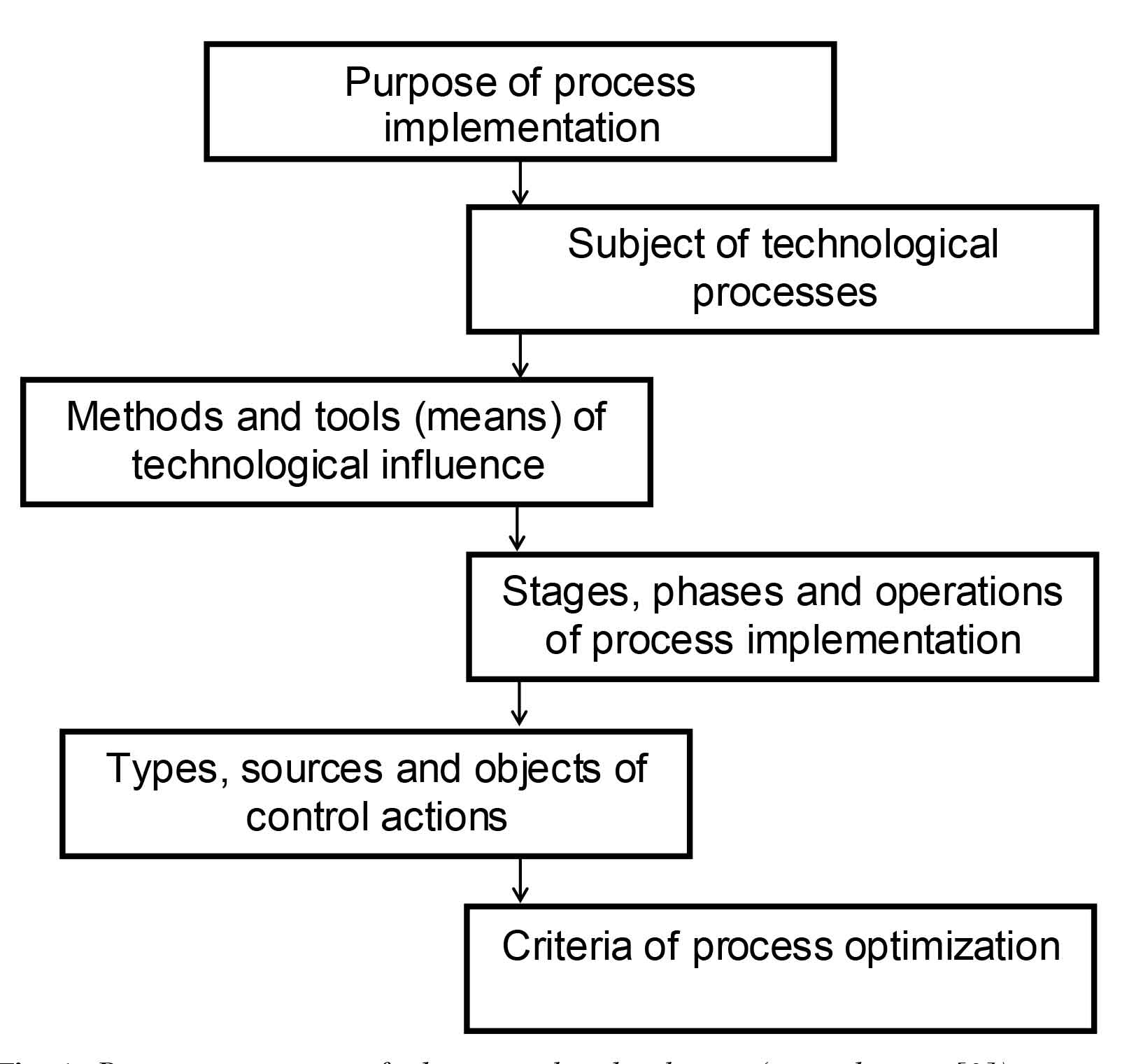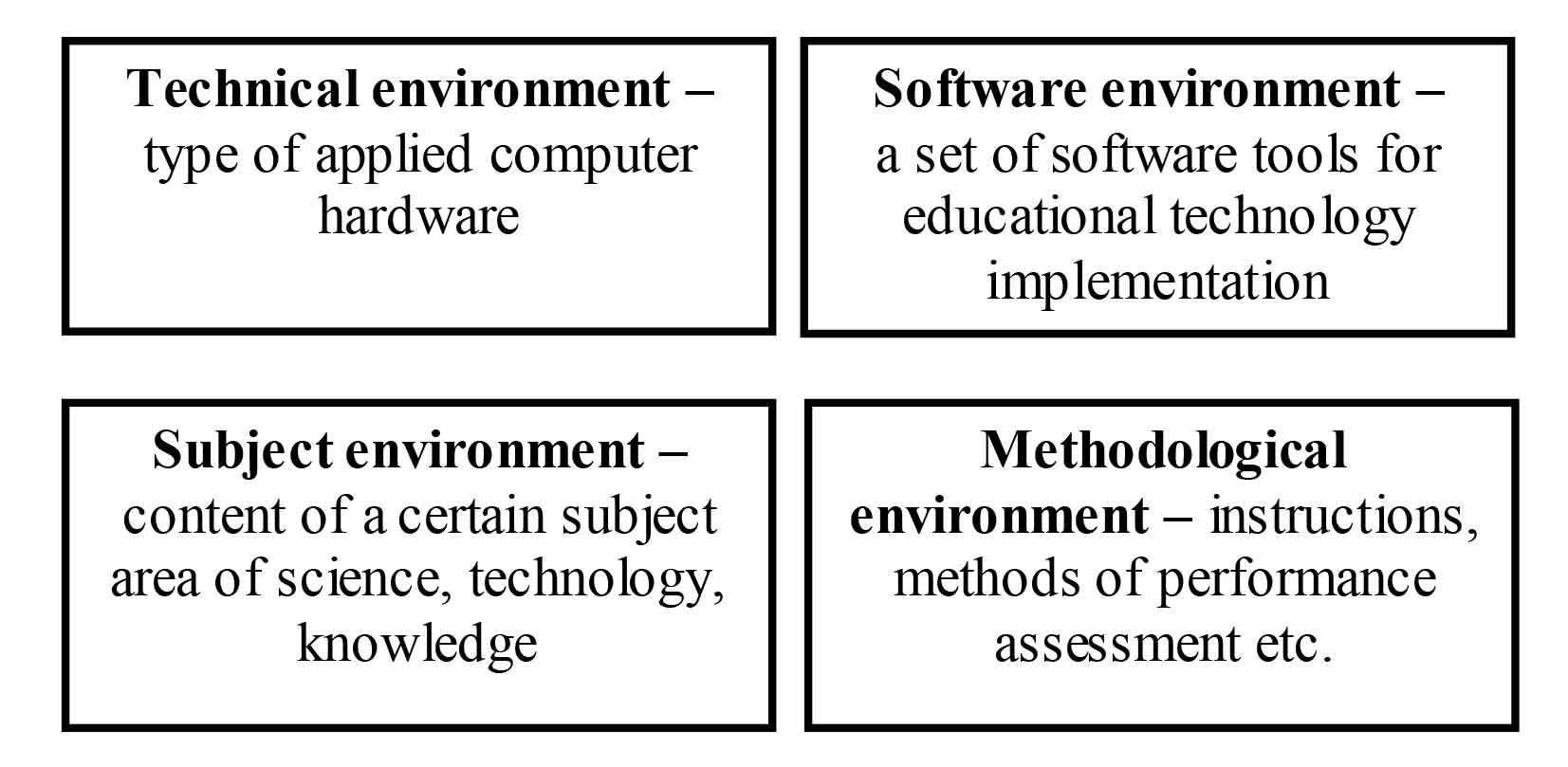Educational technologies in learning process in military sport university
Фотографии:
ˑ:
Professor, Dr.Hab. V.V. Mironov1
Postgraduate, Captain A.A. Tikhonchuk1
Associate Professor, Dr.Hab. A.A. Shlenkov2
1Military Institute of Physical Culture, St. Petersburg
2St. Petersburg University of State Fire Service of the Ministry of the Russian Federation for Civil Defense, Emergencies and Elimination of Consequences of Natural Disasters, St. Petersburg
Keywords: educational technology, innovation, innovative technology.
Introduction. In the framework of restructuring of higher military school at the current stage of military reform we can allocate the primary ways of improving the training in military educational institutions:
-
transition to continuous military education;
-
reduction and unification of specializations;
-
humanitarization of military education;
-
improving education fundamentality while maintaining good practical training of the graduates;
-
intensification of training.
Objective of the study was to conduct analysis of educational technologies used in applied service physical training in military sport university.
Organization of the study. The work was carried out at the premises of St. Petersburg Military Institute of Physical Culture.
Results and discussion. One of the characteristic features of modern educational technologies is striving to intensify training, which implies achieving the maximum results in education as soon as possible [1].
Today, training of a professionally competent officer, competent specialist is based on joint learning activity representing “acts of exchange actions, operations, verbal and non-verbal signals of these actions” between teachers and cadets, and then among the trainees in the process of assimilation of this activity [2].
Herewith, the defining principle of military training and education is the principle of perspective of military staff training aimed at preventing military practice from being ahead of military science, as can be observed in a number of cases nowadays [4].
The following basic components are typical for any educational technology (fig.1).

Fig. 1. Basic components of educational technologies (according to [3])
The key educational technologies are [1]:
-
computer-aided learning;
-
problem-based learning;
-
modular training;
-
information technology;
-
technology of recreational and adaptive physical culture.
Computer-aided learning is used in the departments of gymnastics and athletic training, show jumping, hand-to-hand combat, mountain training; ski (mountain skiing) training, accelerated movement and orienteering, and in other departments of practical disciplines forming command and methodological, organization and management skills and abilities of cadets.
A distinctive feature of computer-aided learning is a possibility to effectively control the formation of methodological (pedagogical) knowledge, skills and abilities in accordance with the pre-simulated optimal variant of this process based on the principles of pedagogics, psychology, cybernetics, radioelectronics, avoiding the phase of “trials and errors”.
At the initial stages, technology of computer-aided learning is to present the material for cadets of training units and cadets of the initial courses in small amounts, step-by-step, each of which containing focal points of educational actions, which are the basis for formation of system knowledge. Thanks to information given in smaller amounts one can handle the volume of material independently, it is easier for him to control learning process and assignment can be repeated several times, if necessary.
Computer-aided learning requires [3]:
-
knowing the level of cognitive activity of trainees;
-
generalization of potential problematic situations;
-
determination of optimal portion of assimilation;
-
information data processing, its algorithmization on methodological tasks;
-
step-by-step control of assimilation along with the correction (feedback), ensuring knowledge management under the principle of “glass box”.
The basis of problem-based learning is the need to resolve problematic situation, which defines mental state of intellectual uncertainty that a man experiences if he cannot explain the fact using existing knowledge or perform the action he knows using common, familiar ways, therefore, he/she should find a new one. In such a situation he needs to think a lot to solve the challenging task [3, 4]. The need inevitably generates the motive to think and act. This is the essence of problem-based learning.
There are four levels of problem-based learning:
1. A teacher sets a challenging task and solves it, but cadets actively perceive and discuss the task. As a rule, this is a problematic presentation of the lecture material.
2. A teacher sets a problematic task and cadets solve it themselves or under the guidance of the teacher (partially searching method).
3. A cadet sets a challenging task, and a teacher helps solve it.
4. A cadet sets a challenging task, and solves it himself In this case, the third and fourth levels characterize the research method of learning.
The foundation of the Federal State Educational Standards of Higher Professional Education (FSES HPE) of the third generation is the technology of block-modular education. In pedagogics module is understood as an integral part of the whole system and the didactic system would not "come into action” without knowing it. It often coincides with the topic or unit of one or another discipline. However, unlike the topic, all other things in the module are measured and evaluated: assignment, learning activity of cadets, their efforts and initiative; initial, intermediate and final level of trainees [1, 4].
It is information technology that has become the most popular in all universities of the country in recent years (fig.2).

Fig.2. Components of educational information technologies
E-textbook combines the advantages of the current traditional versions and didactic options of an educational software. It contains in its structure textual and electronic parts.
The use of such kind of didactic material as e-textbook stipulates feasibility of wider use of such form of learning as independent work under teacher's supervision. Question-explanation module helps cadets prepare for the classes on their own, but the question unit of this module can be used for academic performance rating during seminars and practical (group) classes.
Technologies of recreational and adaptive physical education are in demand, since high training volume and intensity in applied service physical training and sport create additional difficulties in determining the optimum work and rest regime for separate classes and microcycles, in providing adequate conditions for the full performance of various activities and effective process of recovery and special adaptive body reactions after performing these activities.
Conclusion. Analysis of the application of educational technologies in theory and practice of organization of applied service physical training has proved their relevance and efficiency.
References
- Basova N.V. Pedagogika i prakticheskaya psikhologiya (Pedagogics and practical psychology) / N.V. Basova. – Rostov-on-Don: Feniks, 1998. – P. 68–72.
- Vorobiev I.N. Otechestvennaya voennaya shkola: istoriya i sovremennost' (Russian Military School: History and Modernity) / I.N. Vorobiev, V.A. Kiselev // Voennaya Mysl'. – 2010. – №3. – P. 42–49.
- Mironov V.V. Voenno-pedagogicheskie osnovy formirovaniya metodicheskogo masterstva po fizicheskoy podgotovke u kursantov uchebnykh chastey, voennykh uchilishch, slushateley akademiy: dis. … dokt. ped. nauk (Military educational grounds of formation of methodological competency in physical training of cadets of training units, military schools, academy students: doctoral thesis (Hab.) / V.V. Mironov. – Leningrad: VIFK (MIPhC), 1991 – 478 p.
- Chernov S.A. Professionalizm, kompetentnost' vypusknika vysshego voennogo uchebnogo zavedeniya (Professionalism, competency of graduates of higher military educational institution) / S.A. Chernov, A.A. Miller // Voennaya Mysl'. – 2009. – № 5. – P. 68-72.
Abstract
The article deals with innovative technologies of education and further development of the educational process in military sport universities (case study of Military Institute of Physical Culture - VIFK).




 Журнал "THEORY AND PRACTICE
Журнал "THEORY AND PRACTICE